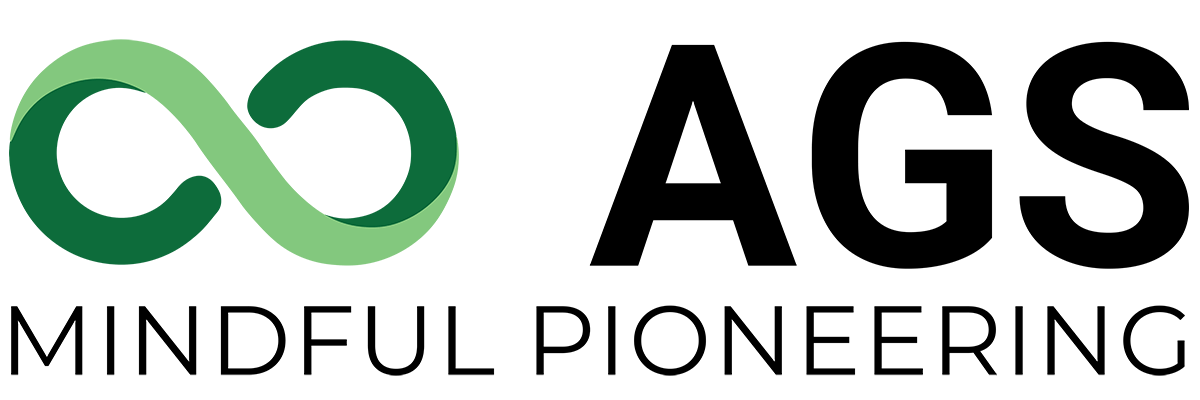AGSurf™ WA011: Plant-based Wetting & Scouring

Jon Cojin
The world continues to preach efficiency and sustainability as critical and paramount for any new innovative technology. AGSurf™ WA011 defines these characteristics as a groundbreaking solution. This next-generation wetting and scouring agent is setting new benchmarks in performance, cost-effectiveness, and environmental responsibility, proving that innovation and sustainability can go hand in hand.
At its core, AGSurf™ WA011 is a cum scouring wetting agent that consists of 34% castor seed oil and is designed to provide optimal wetting and scouring. It is a superspreading technology that significantly reduces the surface tension of water, allowing liquids to spread evenly and penetrate textile surfaces with remarkable efficiency. This ensures even coverage, minimizes pooling, and leaves no residue—making it a superior choice for treating textiles and beyond.
Some of the key benefits of AGSurf™ WA011, includes:
- Enhanced Penetration: Improves the penetration of dyes and finishes deep into textile fibers, ensuring durable results.
- Residue-Free Solution: Eliminates the issue of solution run-off, leaving no traces behind and improving overall product quality.
- Reduced Drying Cycles: Speeds up drying processes, saving energy and reducing production time.
- Low Temperature Performance: What truly sets AGSurf™ WA011 apart is that it excels at exceptionally low temperatures (75 °C) which other wetting and scouring agents cannot function at that temperature.
These properties not only make it a cost-effective solution for manufacturers but also significantly reduces energy consumption and lowers the environmental impact of textile processing.
With its castor-based content, AGSurf™ WA011 aligns with AGS’s commitment to develop sustainable, plant-based technologies. By combining cutting-edge performance with environmental responsibility, this innovative solution empowers industries to achieve their goals while contributing to a greener future.
A wetting and scouring agent is critical for creating functional textiles because it ensures that the fabric is properly prepared to receive dyes, finishes, and other treatments. If the agent is truly exceptional then it permits lower application levels of dyes and chemicals, furthering the sustainability value.
The wetting component reduces the surface tension of water, allowing the agent to spread evenly across and penetrate textile fibers efficiently, while the scouring properties remove impurities like oils, waxes, and debris that can interfere with subsequent processes. This not only improves the absorption and uniformity of treatments but also enhances the overall performance and durability of the finished textile. A high-quality wetting and scouring agent is essential for achieving the desired functionality—such as moisture-wicking, UV protection, or antimicrobial properties—by providing a clean, consistent foundation for these advanced finishes to perform effectively.
Whether you’re in textiles, personal care, or industrial applications, AGSurf™ WA011 is the wetting and scouring agent you need to streamline your processes, enhance product quality, and reduce your environmental footprint.
Contact us to discover the future of wetting and scouring—today.
Related Articles
Related
Regenerative Agriculture For Better Fibers And Chemicals
Regenerative agriculture is an essential starting point to build a more resilient and high-performing textile industry. By focusing on how and where raw materials are grown, regenerative practices deliver tangible benefits to both fiber production and the development...
Decoding Consumer Demands for Next-to-Skin Apparel
The apparel landscape is evolving. Gone are the days when style reigned by its lonesome. Today, consumers are demanding more – they want garments that not only look good but, more importantly, feel good and perform exceptionally, especially when it comes to their...
Comprehensive Raw Material Innovation
The path to sustainability for textile technologies demands more than replacing synthetic inputs with plant-based alternatives. While the market sees a growing number of bio-based solutions, many fall short of expectations. Retrofitting an existing technology by...
Join
